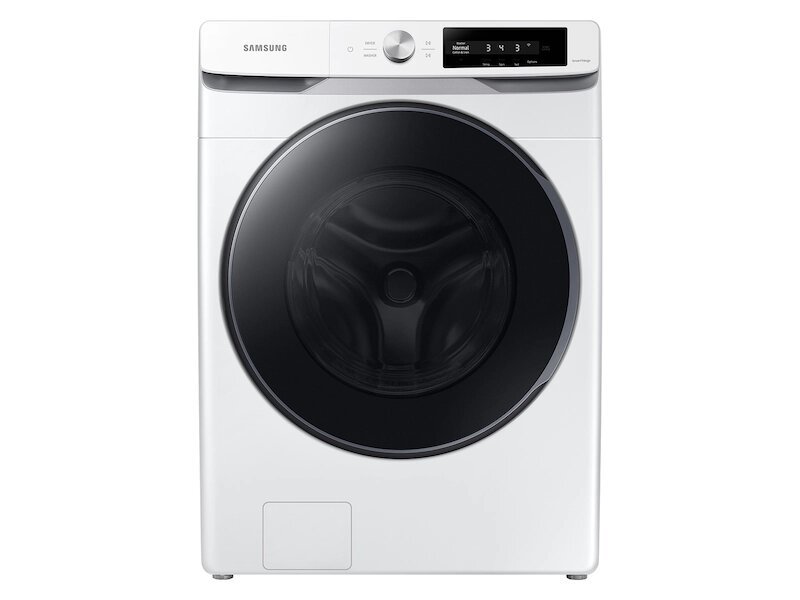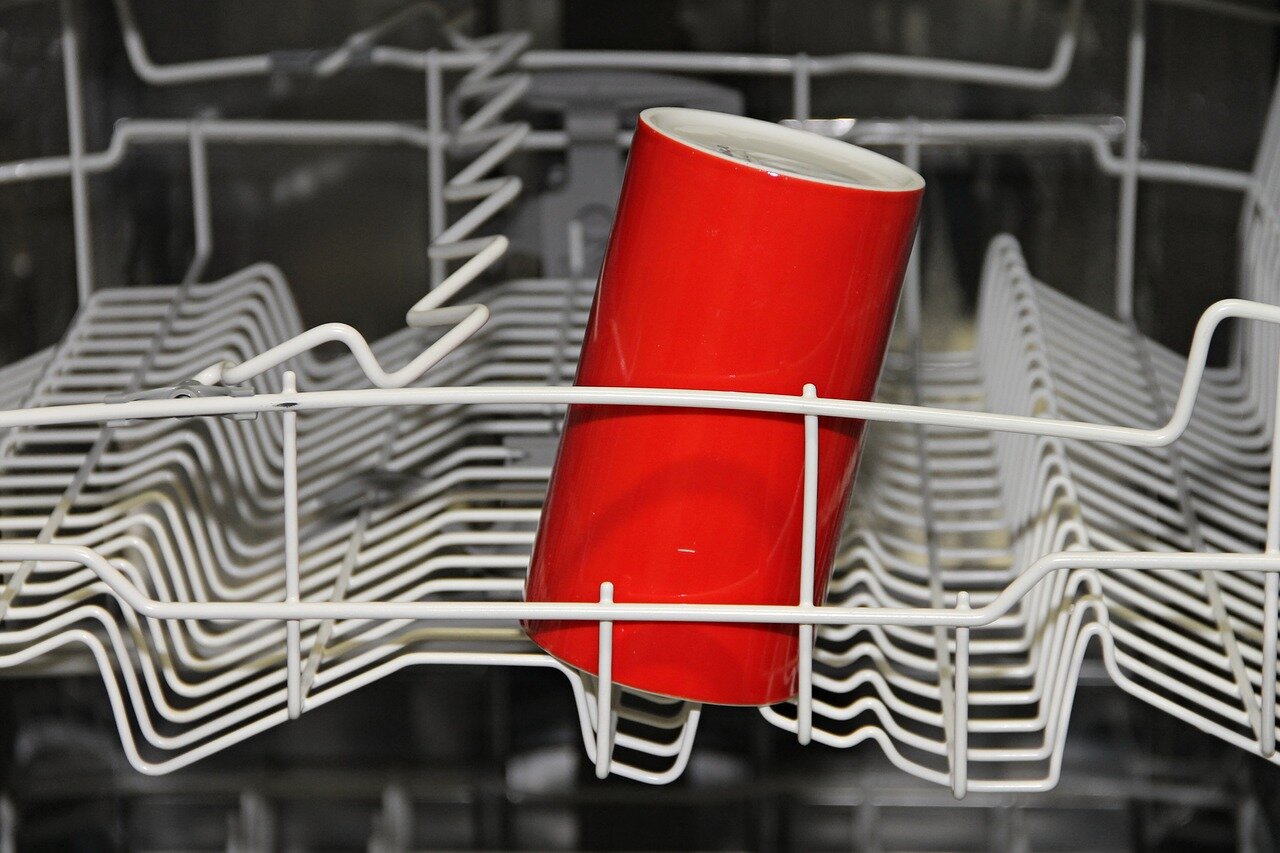Discover the Ultimate Blend of Style, Functionality, and Convenience
Unlocking Luxury: The Quad Door Refrigerator Experience
Welcome to the epitome of luxury living, where every aspect of your home reflects sophistication and discernment. Today we’re embarking on a journey into the realm of luxury living, where every detail, every appliance, serves as a statement piece, seamlessly blending functionality and elegance. If you’re a homeowner with a taste for the finer things in life, allow us to introduce you to the epitome of refrigeration elegance: The quad door refrigerator.
In a world where kitchen appliances are not merely tools, but expressions of the self and your lifestyle, the quad door refrigerator stands as a beacon of innovation and elegance. Let’s delve into why discerning homeowners with luxury on their minds find themselves drawn to this remarkable piece of technology.
Unparalleled Design
Imagine stepping into your kitchen, greeted by a masterpiece of stainless steel and glass. The sleek, contemporary design of the quad door refrigerator effortlessly elevates the ambiance of any kitchen space. Every aspect of its design is meticulously crafted to enhance the culinary experience, from adjustable drawers to customizable shelves and door shelving. With the quad door refrigerator, chaos gives way to order.
But it’s not just about aesthetics; it’s about functionality seamlessly woven into elegance. The quad door configuration offers unparalleled access to your culinary goodies, ensuring that every ingredient is within arm’s reach, all while maintaining optimal freshness and temperature control.
Ample Storage Space
For the homeowner who refuses to compromise on storage capacity, the quad door refrigerator delivers in spades. With its expansive interior and customizable shelving options, organizing groceries becomes a delight rather than a chore. From fresh produce to fine wines, from artisan cheeses to decadent desserts, there can be a designated space for everything your heart desires.
No longer will you find yourself juggling items or struggling to make room for that last-minute addition to your pantry. With a quad door refrigerator, ample storage space is not just a luxury, it’s a way of life.
Efficiency Redefined
In the pursuit of luxury, efficiency should never be overlooked. The quad door refrigerator stands as a testament to this principle, offering not only unparalleled organization and flexibility but also remarkable energy efficiency. With its innovative design, this appliance minimizes energy consumption by allowing you to open individual sections without affecting the entire refrigerator’s temperature. This thoughtful approach not only reduces your carbon footprint but also translates to lower utility bills, further enhancing the allure of the quad door refrigerator for the environmentally conscious luxury homeowner.
Advanced Features for Ultimate Convenience
In the realm of luxury appliances, innovation reigns supreme. The quad door refrigerator is no exception. From touchscreen controls to built-in water and ice dispensers, from temperatures zones for precise preservation to smart connectivity for remote monitoring, every feature is designed to enhance your kitchen experience.
Picture yourself effortlessly customizing temperature settings for different compartments, receiving notifications when it’s time to shop for your favorite ingredients, or even remotely access recipes while standing in front of your fully stocked refrigerator. With the quad door refrigerator, convenience is not just a luxury- it’s a given.
If you’re interested in seeing a stunning example of a quad door refrigerator, check out the additional reading section below for our article on the MoodUp refrigerator from LG.
A Commitment to Quality
At Appliance Rescue Service, we understand that luxury isn’t just about extravagant features; it’s about reliability and longevity. That’s why we take pride in offering top-tier repair and maintenance services for all of your major appliances, including the crown jewel of your kitchen - the quad door refrigerator.
Our team of expert technicians is dedicated to ensuring that your appliance continues to perate at peak performance, year after year. Whether it’s a minor adjustment or a major repair, you can trust Appliance Rescue Service to deliver prompt, professional service with a smile.
In a world where luxury is synonymous with lifestyle, the quad door refrigerator stands as a testament to the art of indulgence. From its unparalleled design t its advanced features, it represents the pinnacle of culinary sophistication.
So why settle for anything less? Elevate your culinary toolkit with a quad door refrigerator and experience the epitome of luxury living.
And remember, should your kitchen ever require a touch of expert care, Appliance Rescue Service is here for you. Visit our website or give us a call ((214) 599-0055) today, and let us help get your home running smoothly again. We will work with you to find a time and date that fits your schedule to have one of our experts come and find what’s going wrong, to return your home to the oasis you’ve created.

















